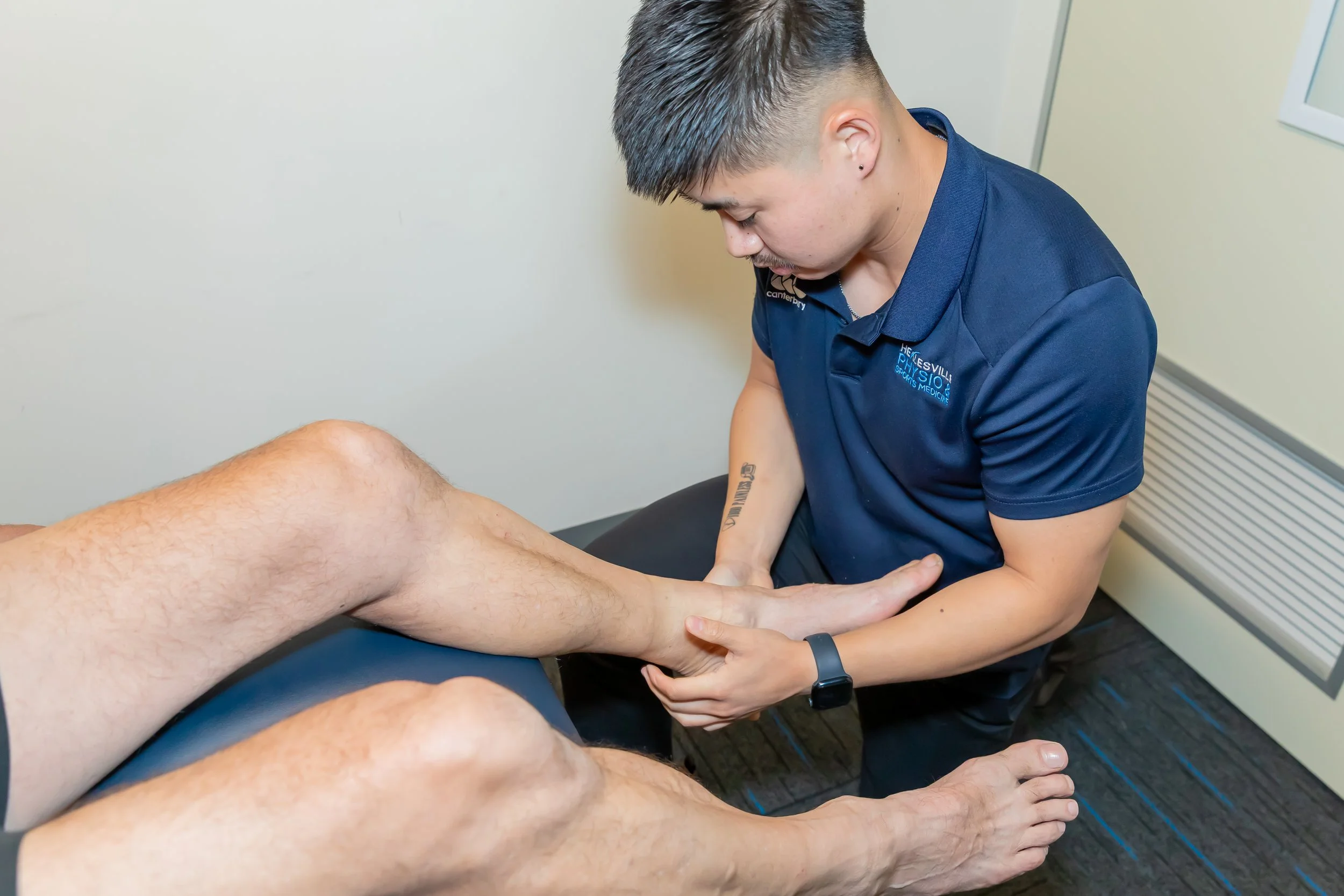Complex Regional Pain Syndrome (CRPS) is a chronic disorder, characterised by severe and persistent pain that is disproportionate to the initial injury or trauma. This condition generally impacts the extremities with lower extremities having a slightly higher prevalence. While the mechanisms behind CRPS are not fully understood, it is thought to be an abnormal and exaggerated response of the nervous system to an injury. This condition is also highly debilitating and can have a huge impact on a person’s quality of life. For this reason, early recognition and appropriate management are key in improving outcomes and reducing long-term disability. CRPS also varies greatly in symptomatic presentation between individuals, hence tailored management plans are crucial.
Incidents that can lead to Complex Regional Pain Syndrome?
Fractures
Surgeries
Minor soft tissue trauma
Contusions (bruising)
Crush injuries
Nerve lesions
Stroke
Symptoms may include:
Throbbing pain (burning, needles or tearing pain)
Sensory and Motor dysfunction:
Hyperalgesia (exaggerated sensitisation to pain)
Allodynia (pain felt from stimuli that normally should not feel painful)
Reduced ability to move the body part
Skin changes:
Colour changes (blotchy, pale, blue, purple or red)
Texture changes (shiny, thick or scaly)
Contraction or Fibrosis of connective tissue
Stiffness in affected joints
Impaired muscle strength
How your Physiotherapist can assist:
Restoring neural connections: Overtime your brain may forget how to use the limb or affected area properly which can lead to further disuse. Neuroplasticity techniques such as mirror therapy, creates an illusion that the affected limb is moving normally, thus progressively restoring neural connections and movements.
Progressive exposure to movement: This approach involves starting with low-pain, gentle movements such as wrist circles that progressively lead to larger movements, eventually integrating functional tasks needed for daily life such as walking, sitting gripping etc.)
Desensitisation techniques: Utilising different stimuli to allow the nervous system to gradually tolerate normal sensory input again. This could include utilising different textures such as cotton, sponge, silk, or using varying temperature exposure.
Education: Providing advice on how to appropriately manage and cope with flare ups, how to pace activities and self-manage symptoms.
Take home message:
CRPS is a complex condition that can have significant effects on individuals, its important to work with your healthcare practitioners (Physiotherapists, GPs, specialists etc.) to manage your symptoms appropriately, as there is no one sized fits all approach to management.
References:
National Institute of Neurological Disorders and Stroke. (2023, September 14). Complex regional pain syndrome (CRPS). https://www.ninds.nih.gov/health- information/disorders/complex-regional-pain-syndrome
Stanford Medicine. (n.d.). Complex Regional Pain Syndrome (CRPS). Stanford Medicine Pain Management Center. https://med.stanford.edu/pain/about/chronic-pain/crps.html
Marinus, J., Moseley, G. L., Birklein, F., Baron, R., Maihöfner, C., Kingery, W. S., & van Hilten, J. J. (2011). Clinical features and pathophysiology of complex regional pain syndrome. The Lancet Neurology, 10(7), 637–648. https://doi.org/10.1016/S1474-4422(11)70106-5

